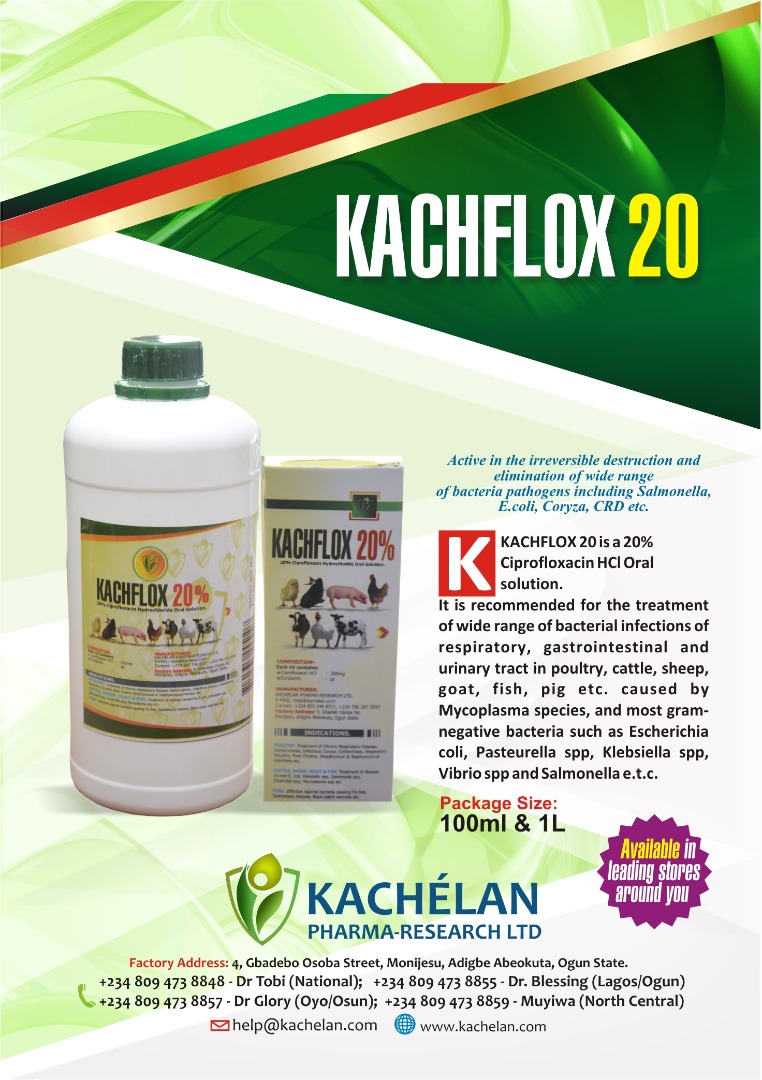Which is Better, Mash or Crumbled Feed for Layers?
With half the world feeding mash feed to layers, and the other half feeding crumbles, which feed form is better than the other, and why?
When it comes to feed form — mash or crumbles — most research work has been conducted with broilers. For laying hens, not only is research scarce, but very it is inconclusive, too. In fact, even among commercial nutritionists, there is no such a thing as a general consensus when it comes to this issue. In practice, what happens is very regional preferences for one form of feed to the complete exclusion of the other possibility.
 Learn More
Learn More
In some parts of the world, the whole layer industry is feeding mash, but in other parts, the industry seems to prefer exclusively the feeding of crumbles. Those that prefer mash over crumbles point to the poor margins made by selling eggs and make a good point about the lack of strong data to justify the expense of crumbling the feed. Indeed, crumbled feed requires prior pelleting before breaking down to small crumbles, and pelleting is an expensive operation, not to mention the cost of having the pelleting machine.
READ ALSO: Six Alternatives to Corn for Broiler Feed
In contrast, those who prefer to feed crumbles point to the natural habit of birds to pick larger particles of feed, thus effectively separating the ingredients in mash feed. However, this is less relevant when feed intake is limited below appetite levels, but it can get quite a problem in free-range layers that use communal feeders. Nevertheless, available data tend to point toward crumble as the most efficient form of feeding layers, but the effect is rather limited and any benefits easily eroded by the increased cost.
The argument of economics
In my opinion, although crumbled feed is slightly more expensive, it tends to works best when the crumbles are rather durable. Soft crumbles, such as those from all-maize-based diets, tend to create too much fine particles, negating any positive effects. Perhaps this is the main reason why, in some regions, crumbles have failed to gain any credibility over mash feed.
Crumbles also work well when the individual ingredients making up the feed are not of relatively uniform size. In layers, this aspect is of great importance as their feed often contains calcium sources of different particle size to aid them in sustaining a calcium homeostasis. Of course, fine grinding of feed (and top dressing coarse calcium in the evening) would solve the issue of feed separation, but then feed would be too prone to bridge in silos, not to mention the extra dust in the house, and the pasty beaks that will eventually reduce feed intake. And, of course, top dressing feeders with coarse calcium is a laborious process, too.
READ ALSO: How to Improve Eggshell Quality with Organic Minerals
No argument is stronger than economics, and this is what finally dictates feed form. But, economics are affected by performance, and here we should consider what contributes to success or failure of one feed form over the other. Perhaps there is no right or wrong feed form, but only one optimal for each individual feeding program.
Ioannis Mavromichalis, Ph.D















